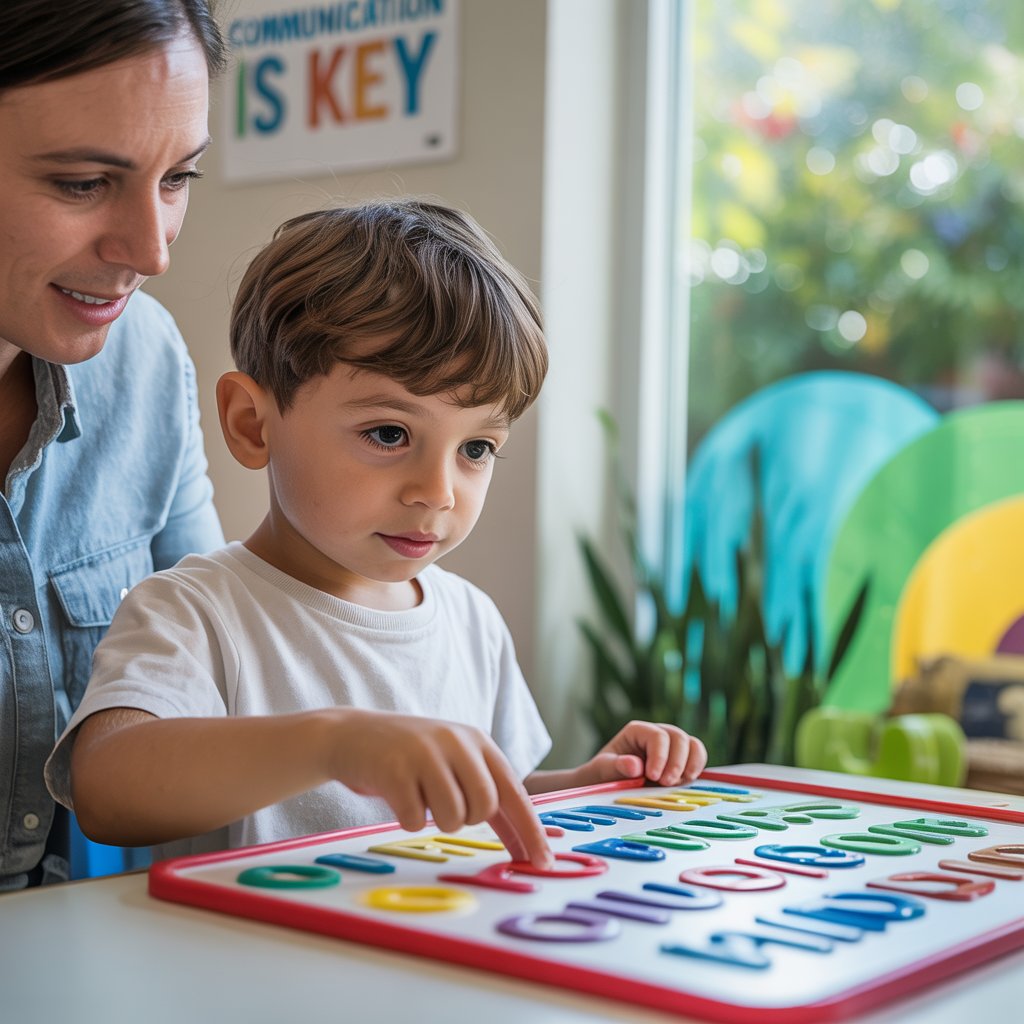What is the most effective treatment for autism

Applied Behavior Analysis (ABA) and its effectiveness
When it comes to treating autism, Applied Behavior Analysis (ABA) stands out as the gold standard. The reason? It works. ABA therapy breaks down skills into small, manageable steps and uses positive reinforcement to encourage learning.
Kids who receive intensive ABA (25-40 hours weekly) show significant improvements in IQ, language abilities, and adaptive behaviors. Research shows that about 50% of children who start early intensive ABA before age 4 achieve mainstream classroom placement without support.
But ABA isn't just one approach - it's evolved. Modern ABA focuses on natural environments and child-led interests rather than rigid drills. This makes the therapy more enjoyable and helps skills transfer to real-world situations.
Pivotal Response Treatment (PRT)
PRT is like ABA's cool, flexible cousin. It targets "pivotal" areas like motivation and self-management instead of specific behaviors.
The magic of PRT? It follows the child's interests. When a kid loves trains, learning happens through train play. This natural approach means kids actually want to participate.
Studies show PRT significantly improves communication, social interactions, and reduces challenging behaviors. Parents love it because they can implement it at home during everyday activities.

Early Start Denver Model (ESDM)
ESDM blends developmental approaches with ABA techniques for very young children (12-48 months). Think of it as early intervention on steroids.
What makes ESDM special? It's delivered through play and positive relationships. The therapist follows the child's lead while embedding teaching opportunities into fun activities.
A groundbreaking study published in Pediatrics found that children receiving ESDM showed normalized brain activity patterns in response to faces (something typically reduced in autism). Kids also gained an average of 17.6 IQ points compared to 7 points in the control group.
Naturalistic Developmental Behavioral Interventions
These approaches combine the precision of behavioral methods with developmental and relationship-based approaches. They emphasize teaching in real-life contexts with a focus on social communication.
Popular models include:
- JASPER (Joint Attention, Symbolic Play, Engagement, and Regulation): Boosts social communication and play skills
- SCERTS (Social Communication, Emotional Regulation, Transactional Support): Helps kids navigate social situations and manage emotions
- DIR/Floortime: Follows the child's lead to build relationships and social skills
The research is clear - these naturalistic approaches significantly improve social engagement and communication while reducing parental stress. They're particularly effective because they don't feel like "therapy" to kids - they feel like fun.
The best part? Many insurers now cover these evidence-based interventions, making them more accessible than ever before.







